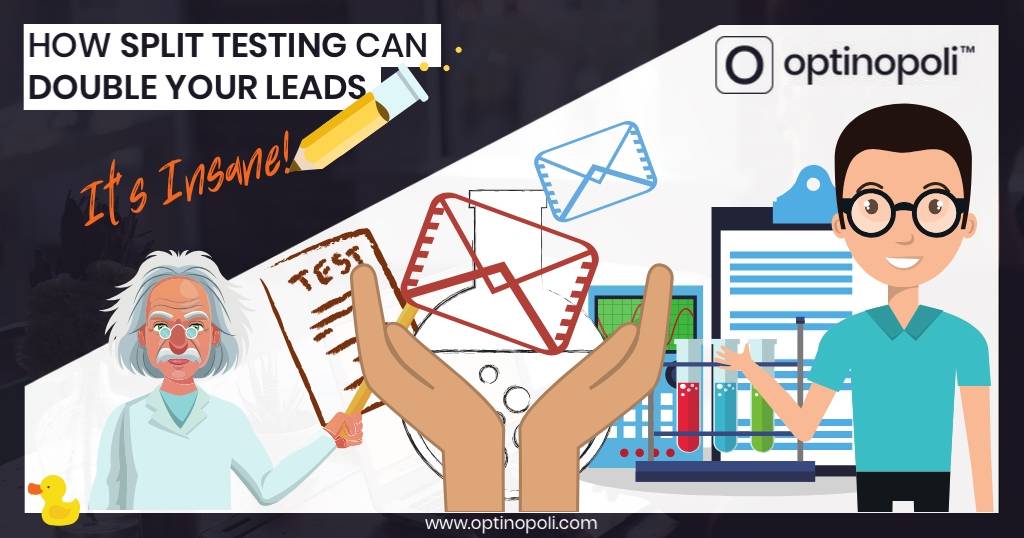
[It’s Insane!] How Split Testing Can Double Your Leads
Not split testing yet? Then you’re practically guaranteed to be leaving half (or more) of your leads on the table.
If you think that sounds bad… it gets worse...
It also means (presuming you’re effectively converting leads into sales) half your potential revenue is just sitting out there, unrealized.
It’s insane!
I’m not just saying it. Here’s the type of real-world result you can get from split testing:
- Glen Allsopp doubled his conversions by simply testing a different headline for his opt-in offer.
“My income has increased dramatically thanks to split-testing”.
Glen Allsopp, ViperChill.com
- Brian Dean ran some split tests on his opt-offers, with similar results.
- I split test my own opt-in offers as a force of habit (it’s so easy to do, so why wouldn’t you?). The effect is to regularly double or more the number of leads a particular offer attracts with very simple, basic changes. More on that shortly...
In fact, while you’re unlikely to notice it going on, split testing is happening all the time by the most successful marketers and behind the most successful business.
In fact, split testing is often how they got there!
How to use #splittesting to double your leads via @optinopoliClick To TweetIt’s crazy. It’s easy to do, often only takes a minute or two to set up, and results are transformative.
With the same amount of traffic, you’re doubling your lead acquisition. And with that, revenues too.
Want to get even more crazy?
Doubling leads is really just the tip of the iceberg in terms of what’s possible.
Here’s an example. Some tests I ran on one of my blogs increased my opt-ins by 391%. In other words, four times as many leads.
So not just doubled. That would be a 100% increase.
But doubled again. A 200% increase.
And again. A 400% increase. (Well, near enough).
Yes, crazy.
But why stop there?
I ran some more tests. And, yes, you’ve probably already guessed.
Those tests doubled it again.
So now the blog was attracting eight times as many leads as I was getting to start with.
What’s crazy is what I would have lost by not split testing.
So if you’re not split testing right now, you’re losing out. Big time.
Maybe it’s time to get serious…
Okay, okay, maybe there are...
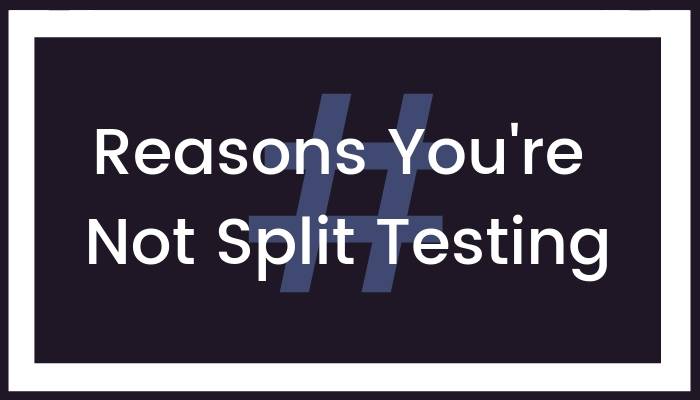
Some common fears of split testing include the following:
- It’s complicated.
- It takes a long time to set up.
- The benefits don’t really exist (unless maybe you ‘get lucky’).
The good news?
None of these are true!
Complicated? Nope. Try drop-dead simple. I’ll show you how you can get a test running in just two or three clicks.
How to start #splittesting your opt-in offers in just 2 or 3 clicks via @optinopoliClick To TweetTakes a long time to set up? Nope. It can take anywhere from a few seconds to a few minutes max.
The benefits …? Well hopefully I’ve already covered that and convinced you otherwise.
It’s not about luck. Set up some split tests, and it’s inevitable you’ll find winners.
Even better, it’s exciting to watch as the data comes in. In fact, once you start seeing some results it can get addictive.
You’ll then be a split testing convert, obsessed with discovering the small changes that can boost results by 20%, 50%, 100% or more.
After all, it’s largely to do with belief. Once you see it working, you’re all in.
Read on...
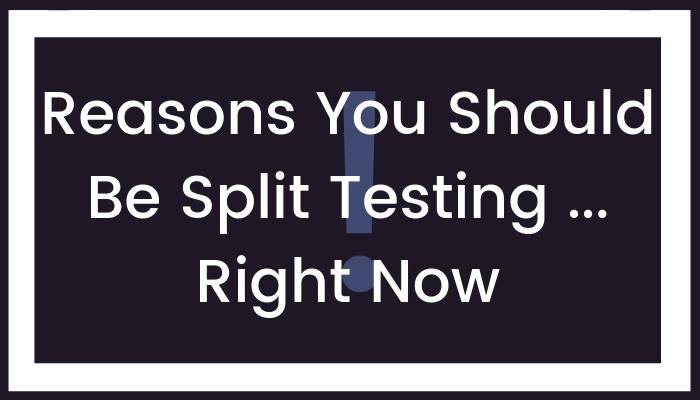
Don’t make the mistake of thinking that business growth—and lead growth—is solely to do with increasing traffic.
Obviously, that helps too.
But compare growing your traffic with split testing.
To grow your traffic takes longer and is more expensive. You’ll need to do things like create lots of content, advertise through different channels, and so on.
Even then, you still need to convert that traffic into leads you can actually do business with.
So it all circles back around to split testing anyway.
And when you do focus on split testing, you’ll likely double the return (or more) you get from investing in traffic. So, it’s still something you need to do.
Want rapid business growth? Do both.
At the end of the day, if you’re not split testing, you’re relying purely on guesswork. You have no idea what the opt-in offer could be converting at.
Without #splittesting, you're relying purely on guesswork via @optinopoliClick To TweetAfter all, how likely is it that the first version of an offer is the best it could be, unbeatable by any test you could run. Really?
Split testing gives you clear scientific data about changes that are proven to increase the effectiveness of your offer. Probably dramatically.
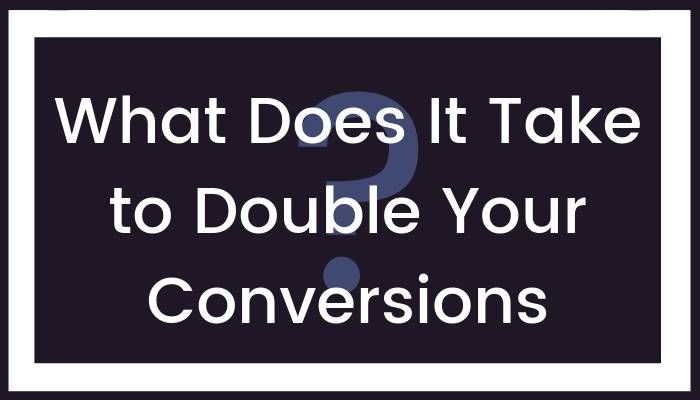
Sure, you might run a test that doubles your results straight away.
It does happen.
For example, Glen Allsop, referred to above, tested a new headline that gave him a conversion rate of 54.2%. This was more than 100% up on what he had before, which converted at 24.2%.
But if you expect it to happen every time, you’re likely to end up disappointed.
Split testing works best when you avoid attachment to expectations.
Just let it run. See what happens. Go from there.
A more typical result is an increase of say 20-30%. Or you might get 10%. Maybe 50%.
They’re all still winners.
(Or, of course, it might not increase at all. More on that in a sec…)
When you stack two or three of these winning results up, this is where the magic happens.
Heard about compounding results? It’s a term more often applied to investments and interest rates.
The good news is it works here too.
You only have to run three successful tests, giving you increases of say 20% and then a couple of them at 30%, and you more than double your results, with a > 100% total increase.
With #splittesting, you only need three tests with 20-30% improvements to double your conversions via @optinopoliClick To TweetHere’s an example.
Let’s say you have an opt-in offer that converts at 5%.
Here are the tests you run:
- The first test gives you an increase of 20%. So your opt-in offer now converts at 6%.
- The second test gives you an increase of 30%. A 30% increase on top of a 6% conversion rate, gives you a new conversion rate of 7.8%.
- You run a third test, again giving you an increase of 30%. Your conversion rate now goes up to 10.14%, more than doubling the original CR of 5%.
So, yes, don’t just stop at the first test and think you’re done. Split testing is a continuous process.
Each positive result, however modest it might be, compounds into something far more dramatic.
What about when tests don’t work out?
Let’s be absolutely clear. You have no idea which way a test is going to go when you start testing.
They can, and do, go either way. You win some, you lose some. That’s life, right?
It’s simply a result.
If you let the negative ones put you off, you’ll get nowhere.
Instead, see the negative ones as winners too. What you’ve already got, won. Hurrah! You’ve confirmed you’ve already got a winner.
So sing from the tree tops, and try again to beat it.
The next test you run could easily give you a 50% increase.
Until you test it, you just don’t know.
Until you #splittest, you just don't know. Stop guesswork marketing. Start #splittesting. via @optinopoliClick To Tweet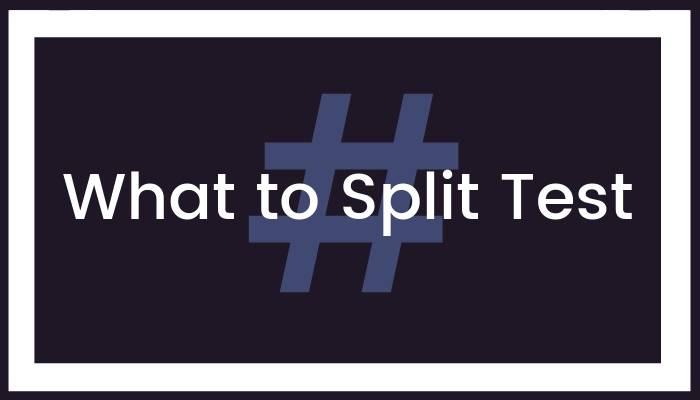
Before you start split testing, of course you’ve got to decide what you’re going to test.
The headline’s the obvious one of course, and as good a place as any to start.
For opt-in offers, here are some other ideas on what you can test:
- The image(s) used. For example, test a different image of a report. If you’ve currently got a 2D image, try a 3D one. For a popup, try using a background image, or try using a different one.
- The number of fields on your opt-in form can make a big difference. Try reducing them to the minimum number you absolutely need.
- How an opt-in offer appears. Try testing:
- A floating bar offer versus a lightbox popup.
- A popup on entrance, versus one appearing on exit. If on entrance, test it appearing straightaway versus after 5 seconds. Or after they’ve scrolled so far down the page.
- A floating bar at the top, or at the bottom. Which works best on your visitors?
- Try changing the color of the button. Or the text. Or the font used.
- Are you using a landing page (e.g. a Landing Mat) for your offer? Try adjusting the background or the layout. Try adding a testimonial or two. Or test a different testimonial.
- Test how you display a privacy statement/link, including any icon and the wording.
- Of course, test all the wording of your opt-in offer, not just the headline.
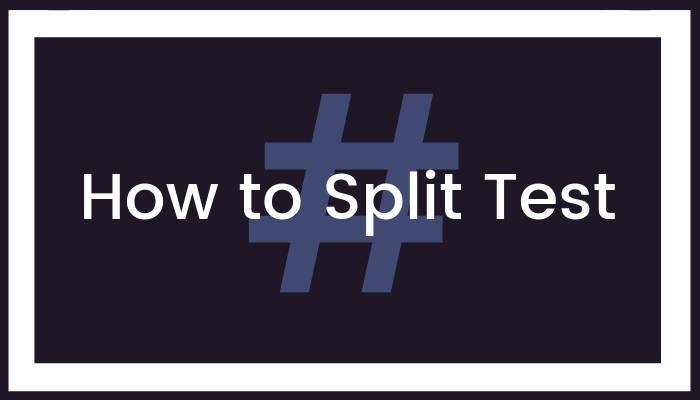
The good news is that optinopoli™ makes it really easy to split test your opt-in offers, and be well on your way to doubling your conversion rates.
In fact, you can be up and running with any test in under ten seconds. Here’s how.
How to start #splittesting in under ten seconds. via @optinopoliClick To TweetOr if you’re using some other tool for your lead capture, consult their documentation to get started.
Once the test is running, now you need to be patient and wait for the results to come in.
Some tests can be over in a couple of days or so.
(Maybe less if your website’s ablaze with traffic!)
Other tests can take a few weeks.
Two main factors affect how long it will run:
- The amount of traffic—the more there is, the more data you have to play with, and the quicker the test will run.
- The impact of the change you are testing—the bigger the difference between the control (what you have already) and what you’re testing against, the less time it takes to get a conclusive result.
But however long it takes, let it run until it’s clear that either:
- It’s really not showing much of a result either way.
- You have a definite winner.
To get a clear, conclusive result though, the result has to be statistically significant—more on that below—or the result won’t be scientifically valid.
If it’s not valid, you’ll be stopping the test before it’s had a chance to show you a meaningful result.
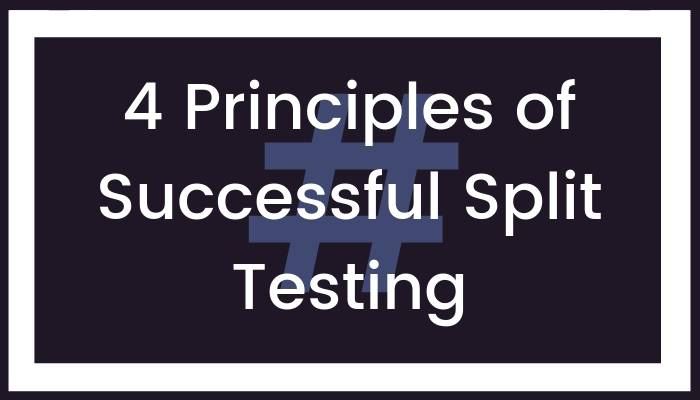
1. Test one change at a time
Best practice is to test only one change in your opt-in offer at a time.
If you test more than change, it could be that:
- Change A gives you a 50% improvement in conversion rate.
- Change B goes the other way, dropping your conversion rate by 50%.
You’d then see zero improvement, believe it to be an inconclusive test, and miss out on the opportunity to increase your leads by 50%.
2. Create a single variation
When running a test, create a single variation to test against.
If you create more than one variation—for example, testing a control headline (what you have now) against Headline Variation A and Headline Variation B—it takes a lot longer to achieve a conclusive result.
That’s fine if you have huge amounts of traffic, enough to ensure you still get results back within a useful timeframe.
But for the average website, stick to testing against one variation at a time.
3. Wait for statistical significance
Statistical significance means that the data scientifically proves that you have a conclusive result.
It can be tempting sometimes to stop a test early, when one version appears to be far outpacing another.
But, once you have a few tests under your belt, you’ll notice that those early runaway successes don’t always predict the final outcome.
Sometimes it swings the other way entirely.
That would mean stopping the test early by assuming you have a winner, actually reduces your conversion rate.
As the phrase goes, ass-u-me makes an ass out of u and me. It’s a good one to keep in mind when split testing.
Before stopping a #splittest, make sure you have statistical significance. via @optinopoliClick To Tweet4. Patience and persistence
Mindset is a crucial component of successful split testing that’s so often overlooked.
For those new to the game, it’s tempting to let an unsuccessful test—or one with only mediocre results—to make you think split testing isn’t all it’s cracked up to be.
It’s then put on the back burner, your focus goes elsewhere, and you miss out on doubling (or more) your lead flow, and all the other benefits that brings. That’s tragic.
So be patient and persistent. Trust it’s going to pay off. It will.
And, when it only takes a few minutes max to set up a new test, what’s not to love?
To Conclude
Hopefully, I’ve convinced you to start split testing your opt-in offers.
But don’t wait for tomorrow. The sooner you start running a test and getting some data, the closer you are to doubling your leads or more.
So the best time to start is right now, while all the above is still fresh in your mind.
And remember, you’ll win some, you’ll lose some. But longer term, the only way your conversions are going to go is up.
And even the unsuccessful or inconclusive tests tell you something about your market that can only strengthen and help grow your business.

steve shaw
Steve Shaw is the CEO of optinopoli™, next-generation lead capture and sales conversion technology—click here for more info.
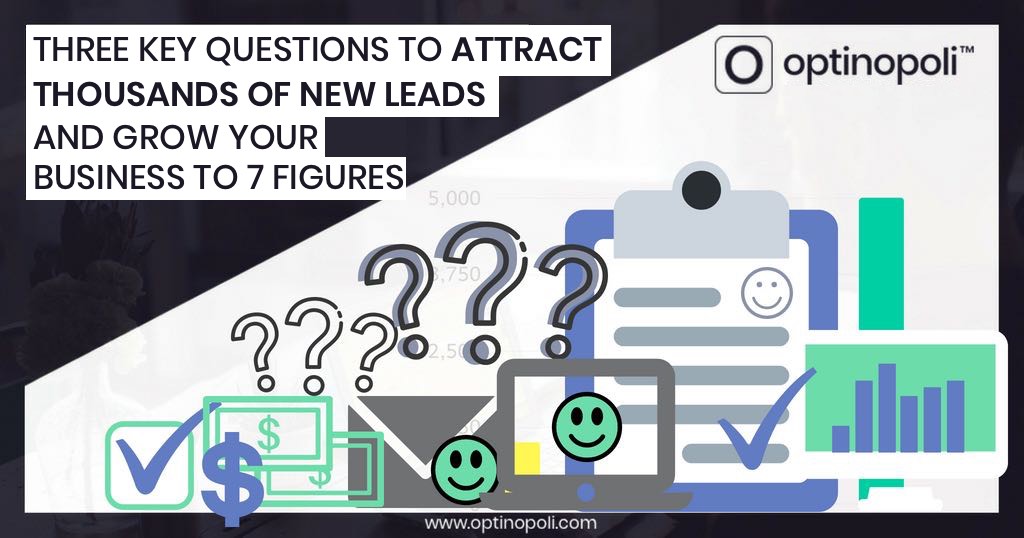
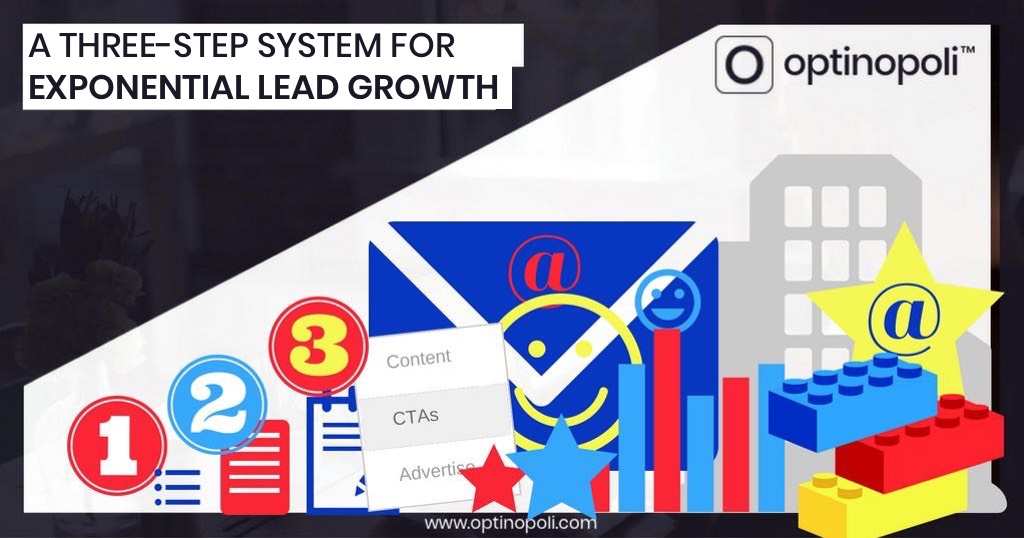
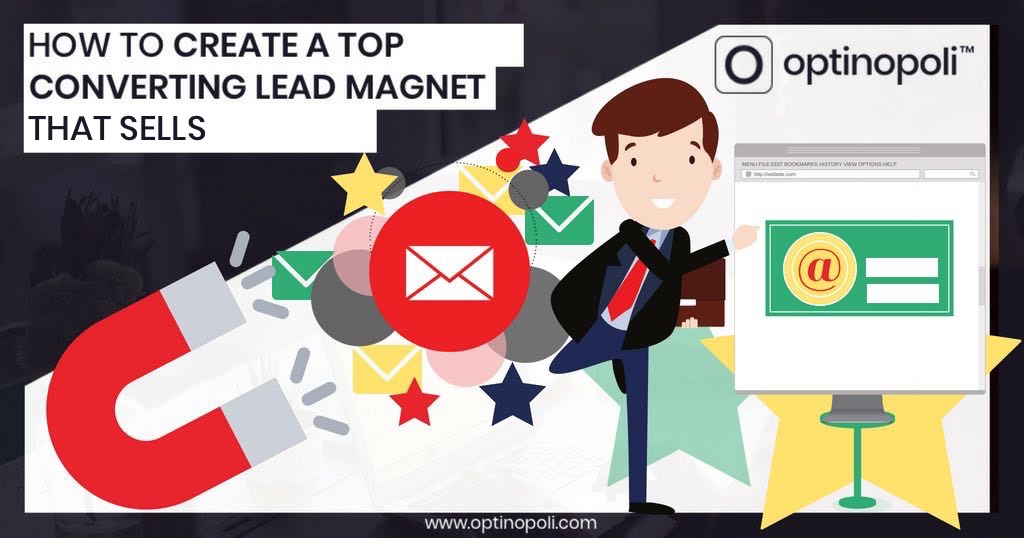
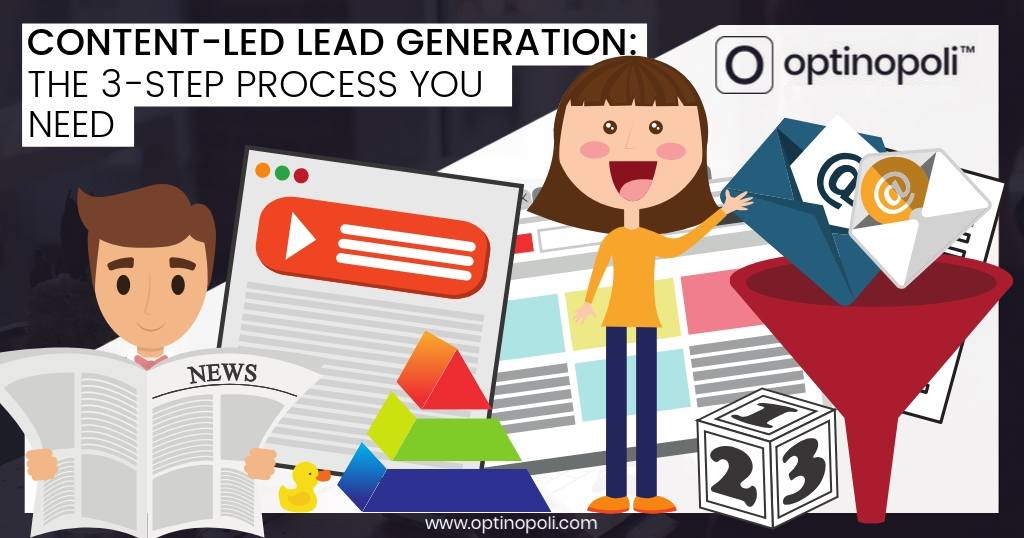
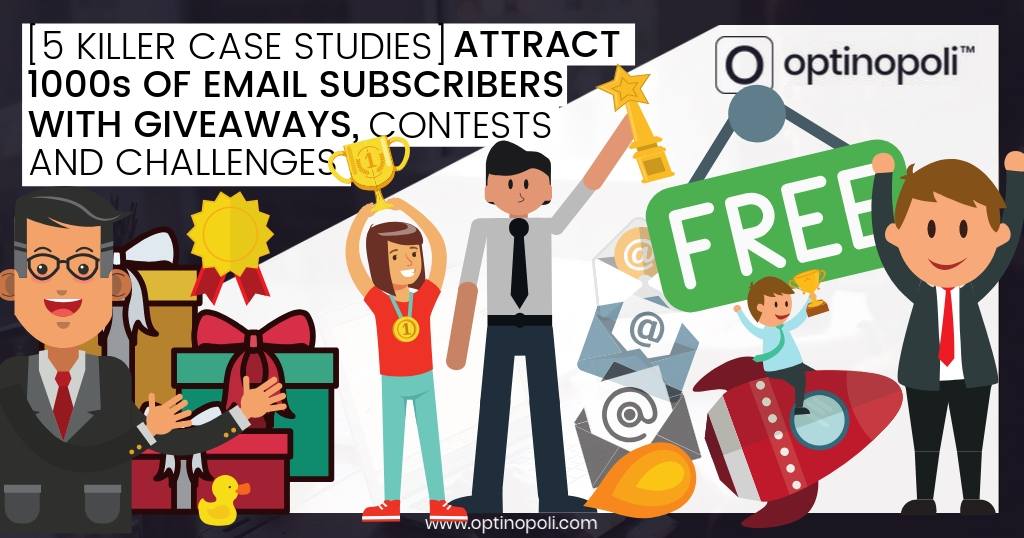
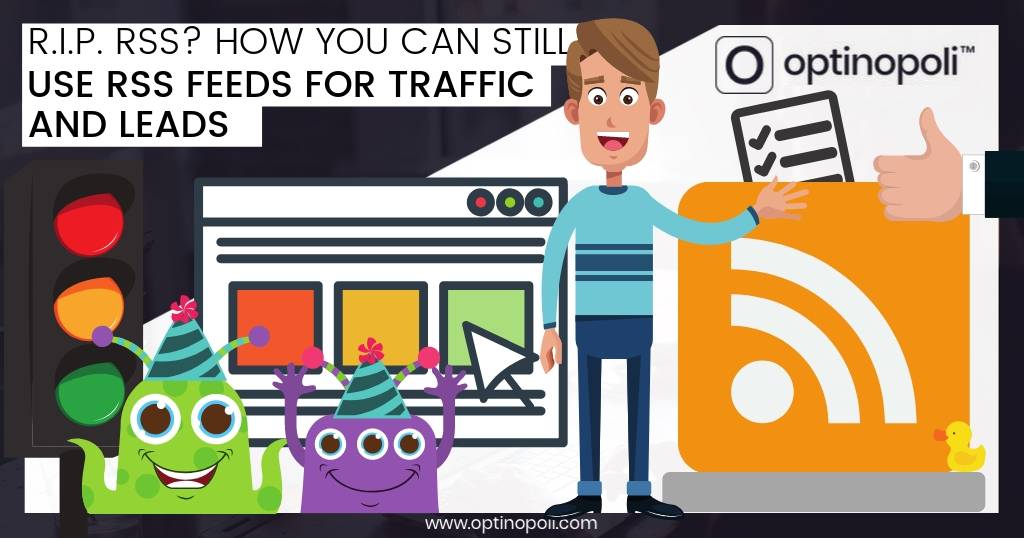
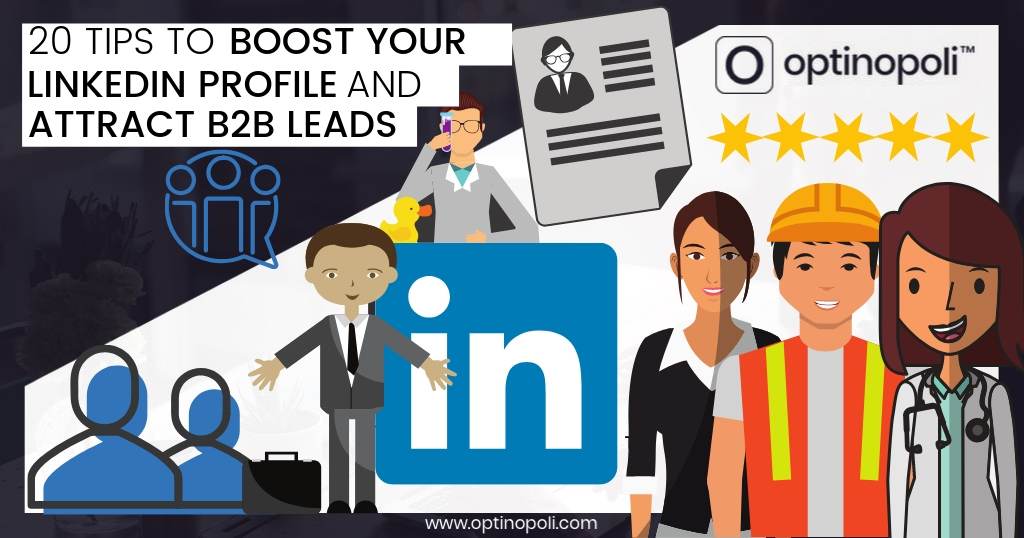
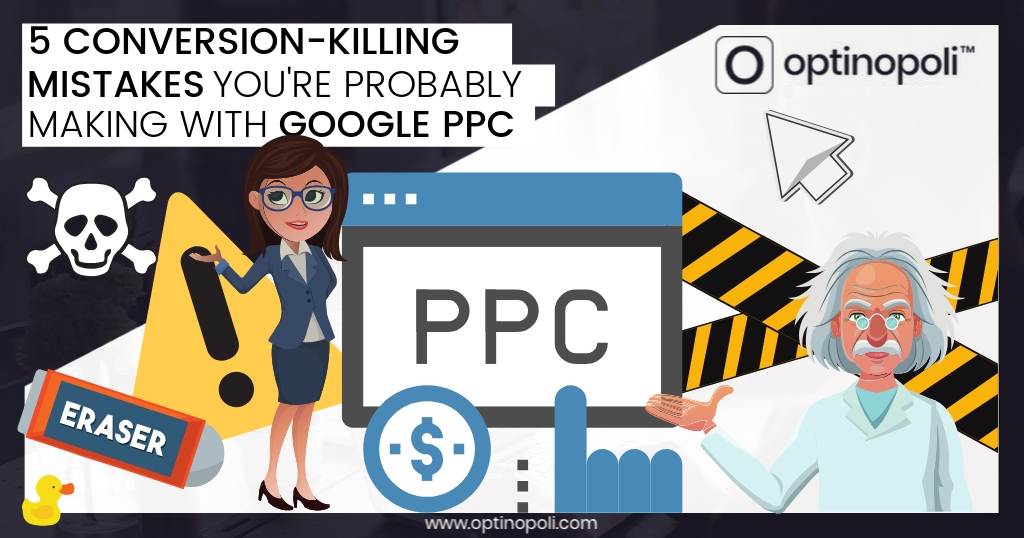
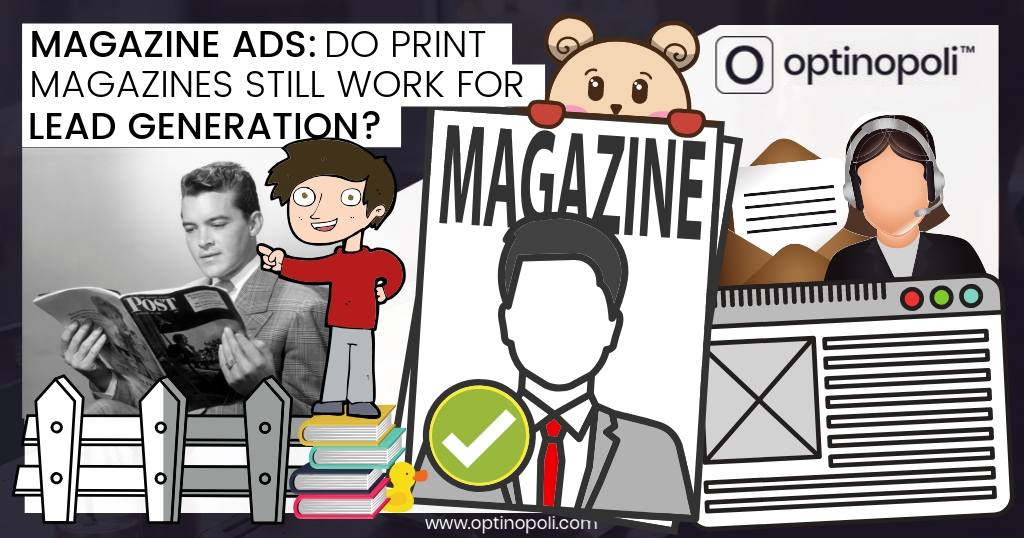
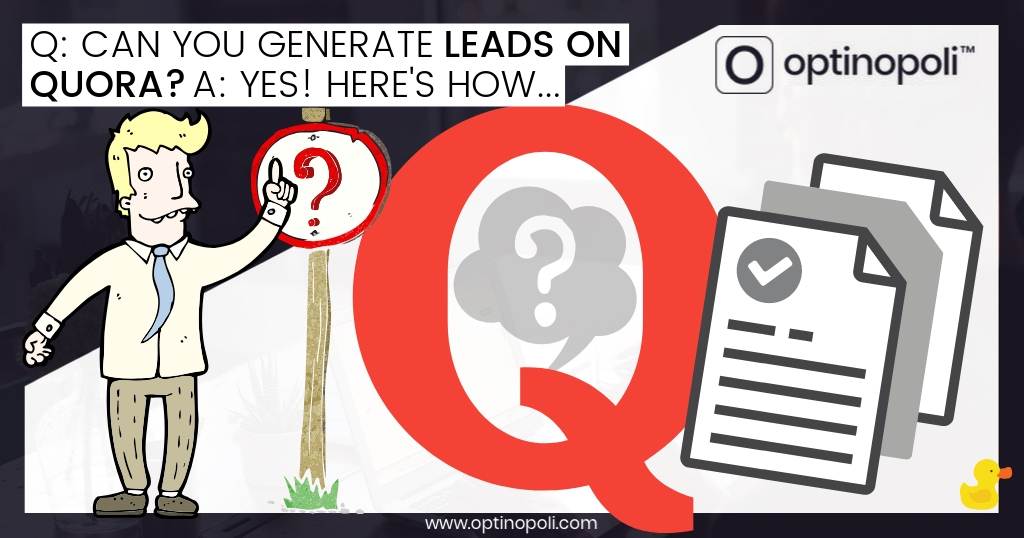
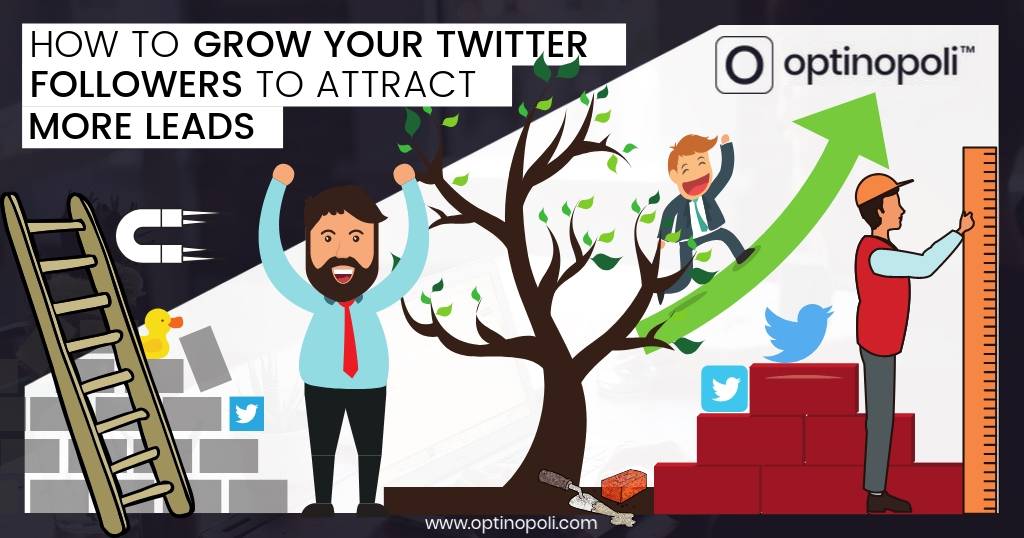
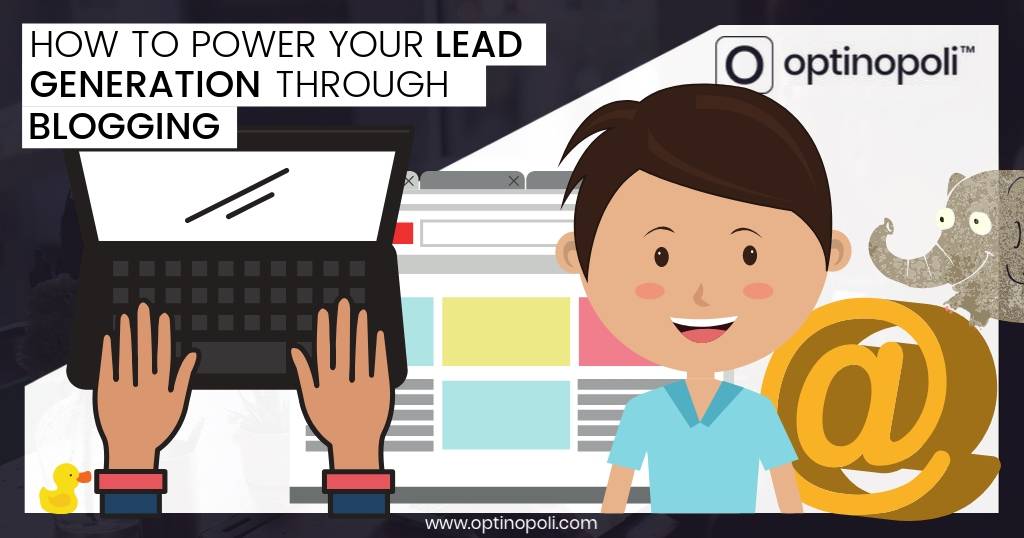
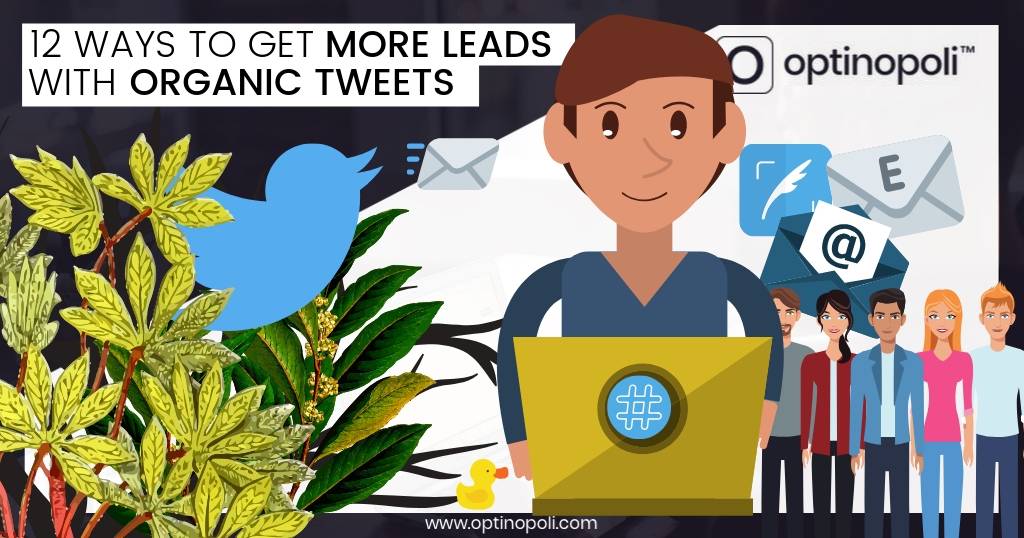
Comments